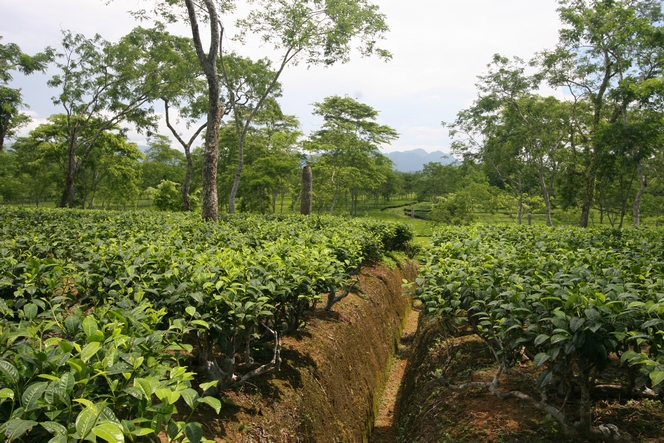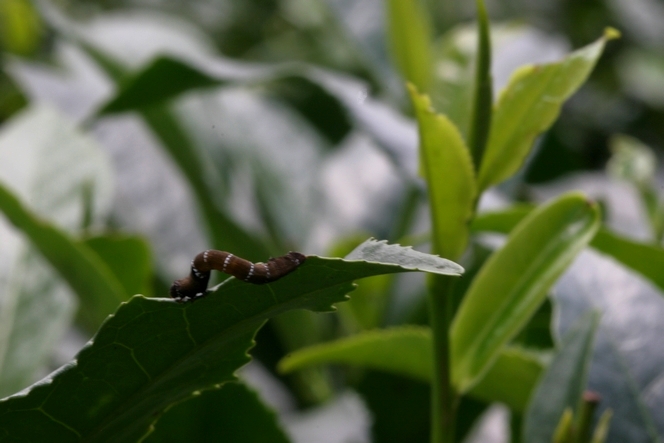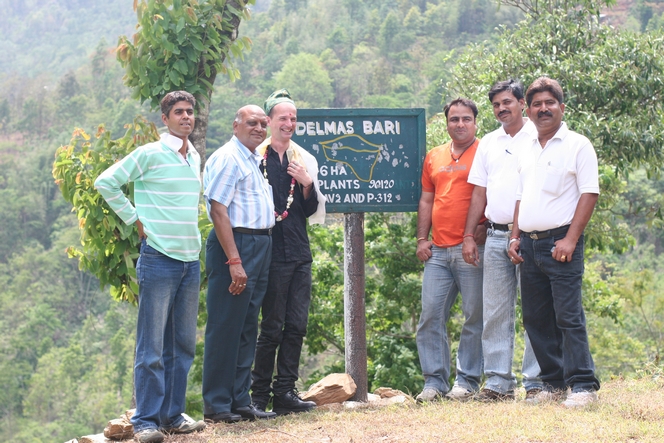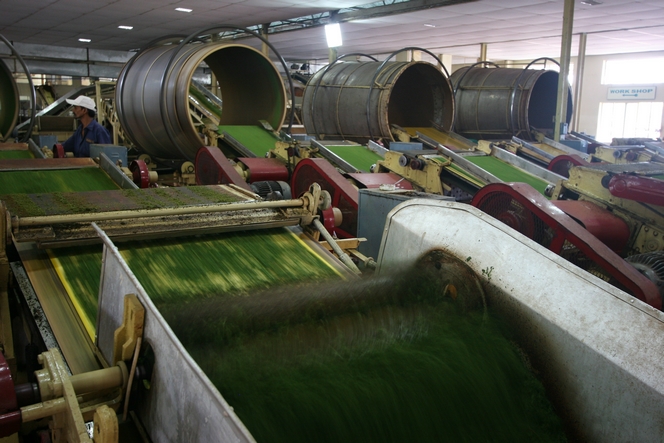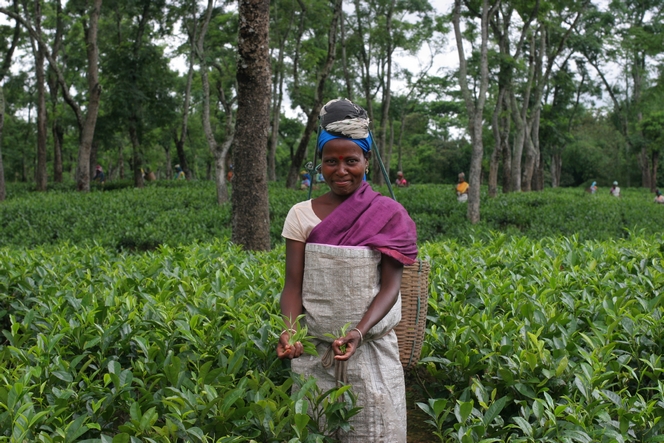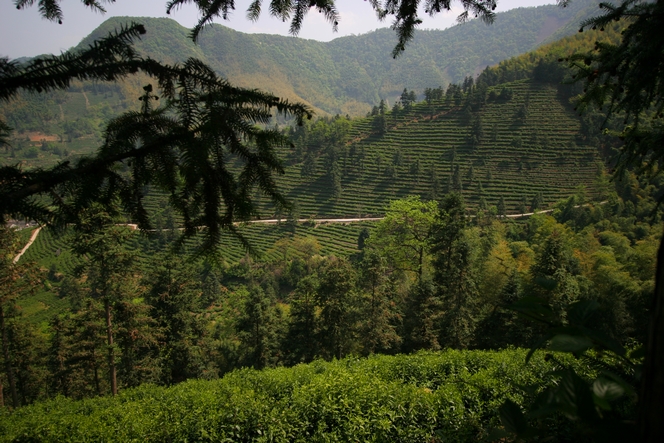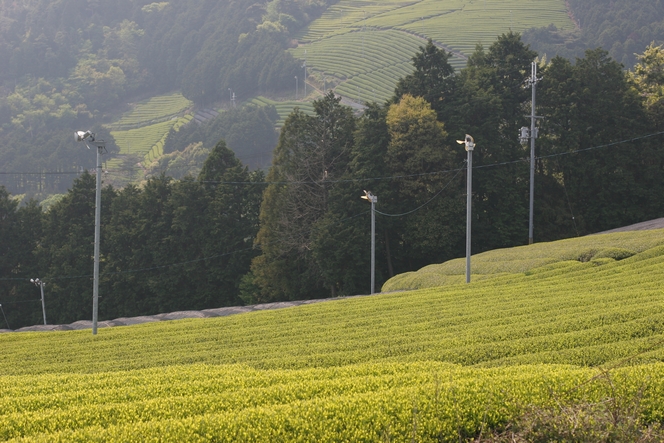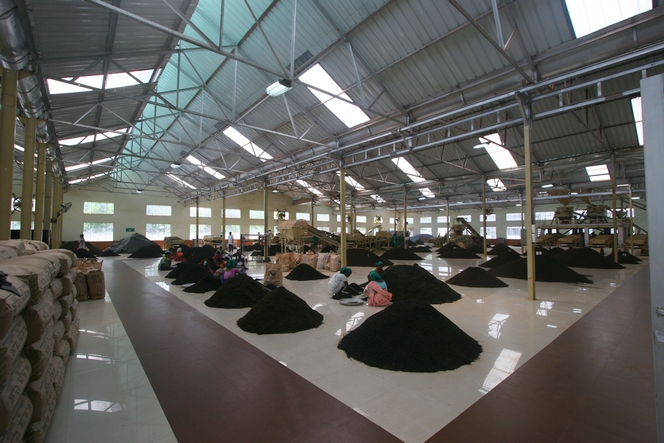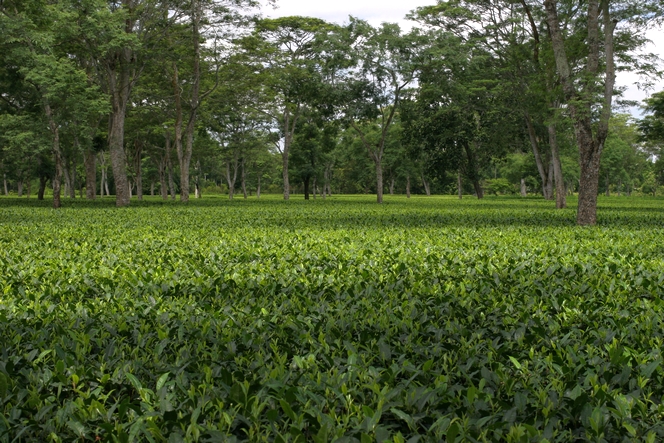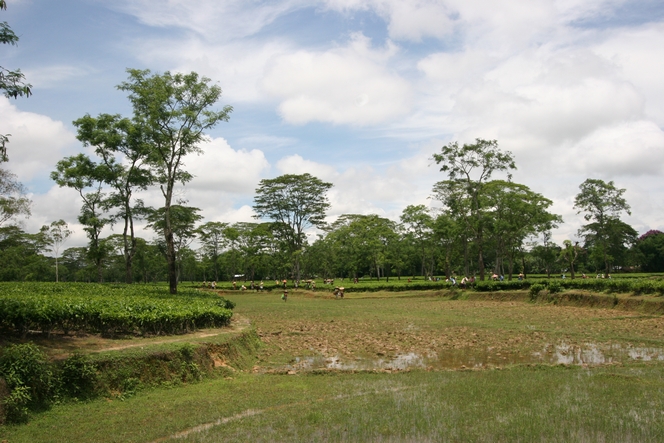The tea plant enjoys humidity, but it hates having water sitting around its roots. How awkward! To keep its feet dry when the ground is flat, like here in Assam, drains are dug into the soil.
Switching locations from the plains to the peaks, I want to tell you about the mountain blocking my view right now. It marks the start of Nagaland, the sparsely populated region that borders Assam. The Nagas are a friendly people, but due to one of their ancient customs, thankfully now abandoned, they are sometimes known as “Head Cutters”.

